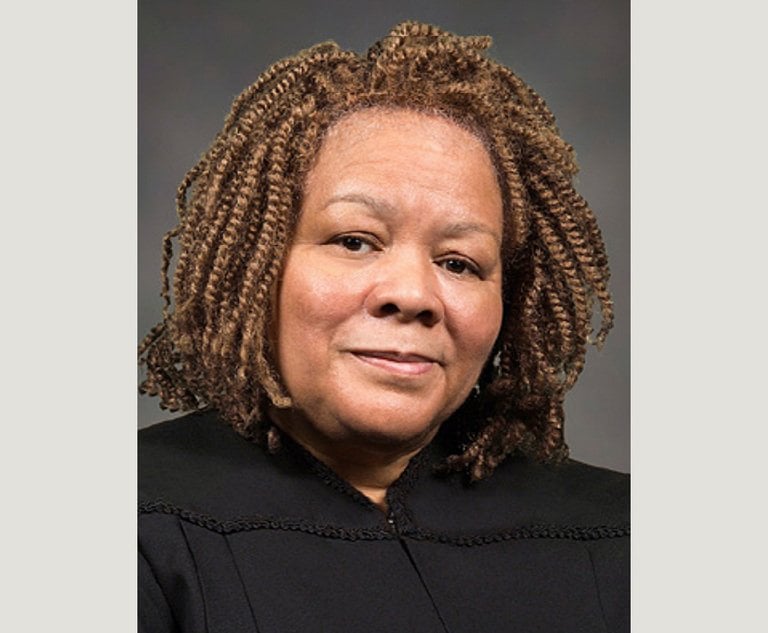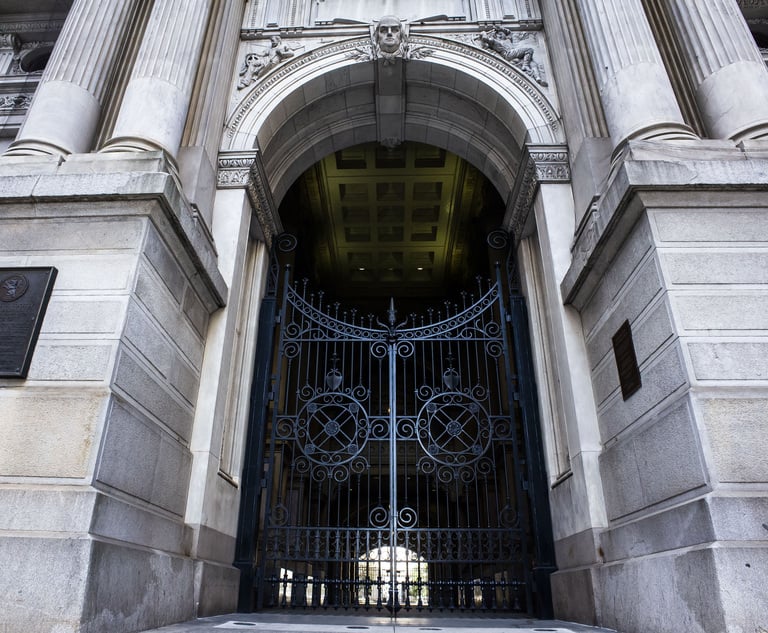In battles throughout history, the consensus is that the best place to station an army is on the “high ground.” While there are no swords or horses in the courtroom, plaintiffs still seek the “high ground” venue for their cases. A smart choice of venue has favorable precedent, established standards for issues of law pivotal to the claim, and a good history of allowing actions to reach trial. In False Claims Act (FCA) actions, this choice of venue can mean the difference between winning or losing a case. A central aspect of any FCA claim is whether the misrepresentation or fraudulent action taken by the party receiving government money is “material” to the receipt of the money. Therefore, in FCA actions, materiality can make a venue either a sunlight hilltop that vaunts a plaintiff (relator) to success, or a muddy bog that forces a relator to succumb and withdrawal from the fight.
Typically, the fraud perpetrated involves misappropriation of funds from government programs or government contracts. The relator files suit against the fraudster on the basis that the person receiving government funds submitted false claims to obtain those funds. Parceled inside the “explicitly certified” FCA liability theory—i.e., the defendant explicitly committed fraud in their application for funds—is the idea that a person may be liable for an FCA violation if they have violated any obligation imposed through participation in the government reimbursement or payment program, otherwise known as the “implied certification” theory. For example, under the “implied certification” theory, a doctor who has received reimbursement from Medicaid could be in violation of the FCA if she has not acted in accordance with, say, the tax obligations of the Medicaid program, even though her specific reimbursement request did not contain false claims (e.g., she submitted a request for payment to Medicaid for a medical procedure that was medically necessary). In determining whether a defendant has in fact violated the FCA, courts look to the materiality of the broken obligation to ascertain whether the defendant made a misrepresentation that constitutes a fraudulent claim.


 Edward T. Kang, with Kang Haggerty. Courtesy photo
Edward T. Kang, with Kang Haggerty. Courtesy photo




